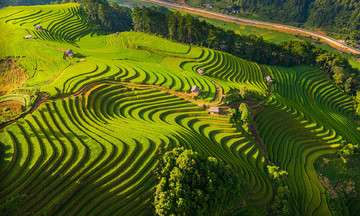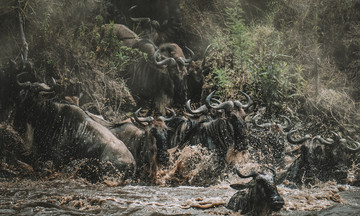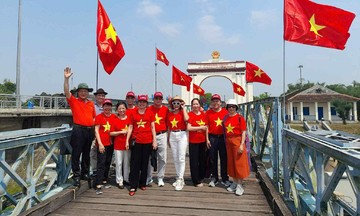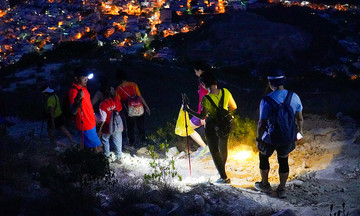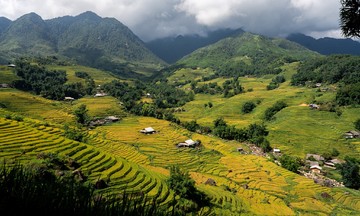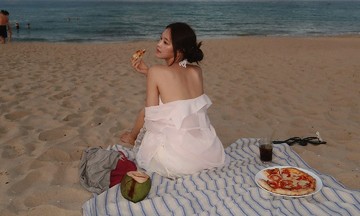 |
This photo, taken inside the circus next to Thong Nhat Park, captures an artist napping after a morning of relentless practice. |
From 2009 to 2012, Uruguayan photographer Christian Rodriguez followed the artists of two circus troupes in Hanoi and Ho Chi Minh City to capture authentic glimpses into their lives. The resulting photo series, "Circus," tells the story of the hardships, joys, and dreams behind the stage lights.
"Despite having an unconventional profession, they experience the same difficulties and joys as all of us," Rodriguez shared.
One such story is that of contortionist couple Ma Hoang An and Nguyen Thi Thu Hiep. They were members of the Ho Chi Minh City circus troupe, met while training in Hanoi, and married in 2012. A photo captures them practicing an aerial rope routine at Hiep's mother's house, about three hours from the city. To achieve seamless performances, they maintain a twice-daily training schedule.
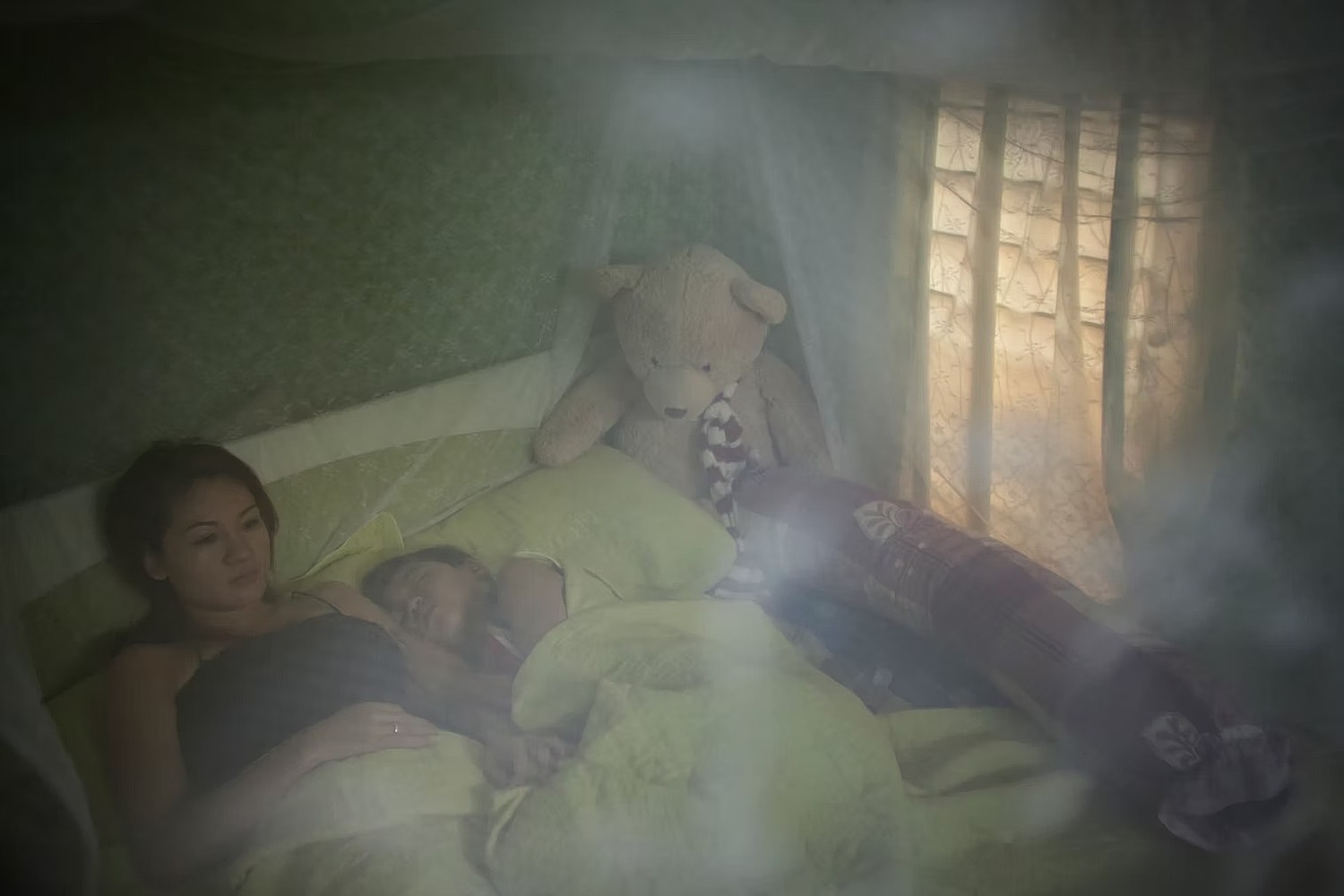 |
Christian's creative journey began with a chance encounter in 2009, during his first trip to Vietnam. While walking near Thong Nhat Park in Hanoi, he was captivated by a roadside circus. There, he met Cao (left), who spoke Spanish. She became his translator and a bridge to the vibrant world of the artists at the Central Circus.
The magic of the circus stage captivated Christian, prompting him to set aside his initial travel plans. He decided to stay in Hanoi longer to document their life stories and craft.
He confided, "Circus is a story worth telling, but it needs time and care."
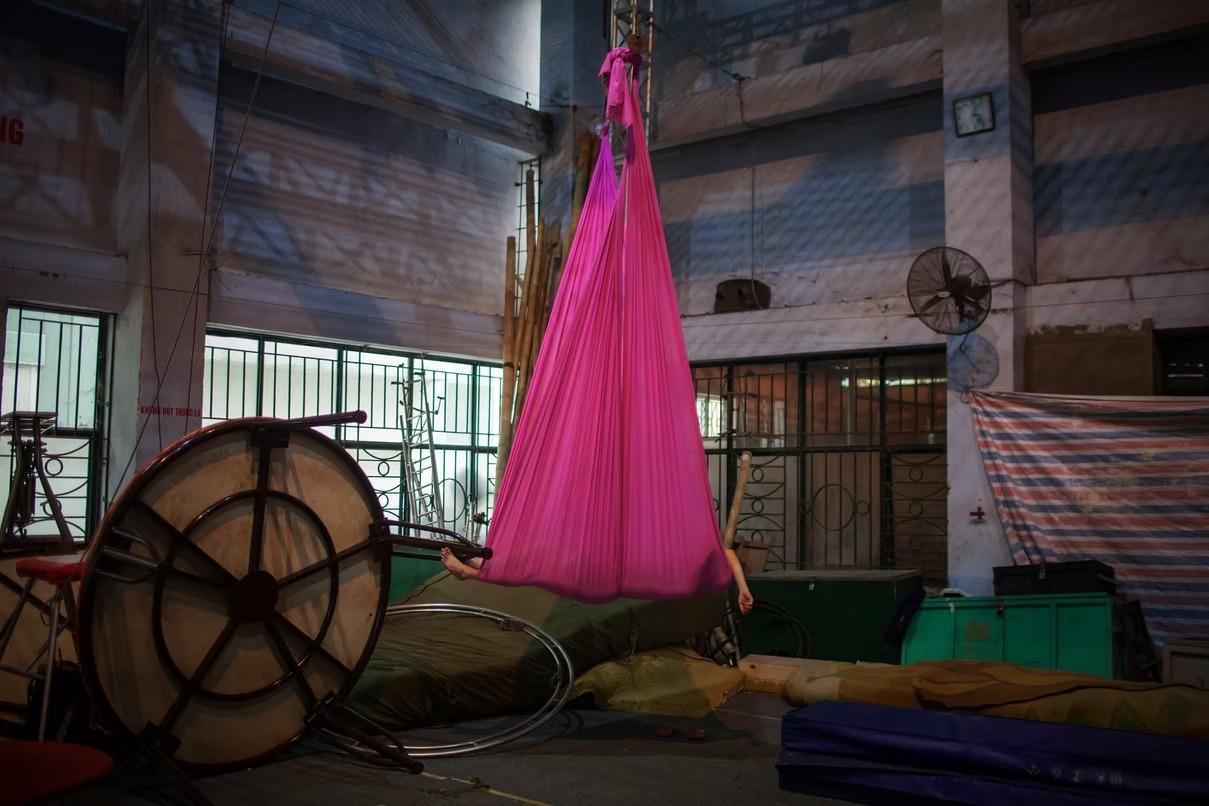 |
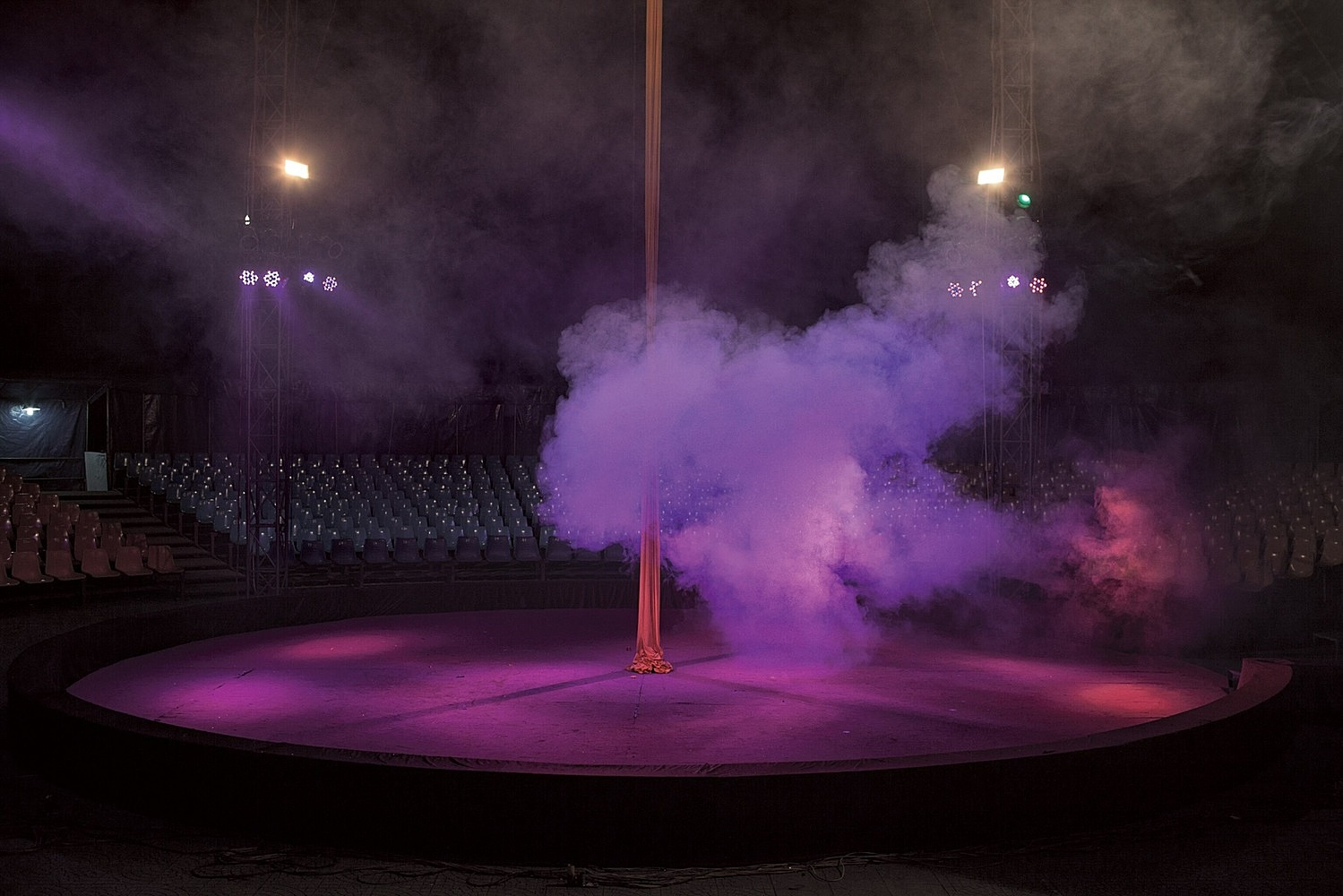 |
The photo depicts the seemingly magical circus space, bathed in hazy smoke and purple light before a performance.
Christian recounted spending most of his time at the Central Circus, which for many artists was not just a stage but also home.
After each practice session, his journey continued on a motorbike to small houses on the outskirts of Hanoi. There, other artist families welcomed him, offering him overnight stays and sharing their stories.
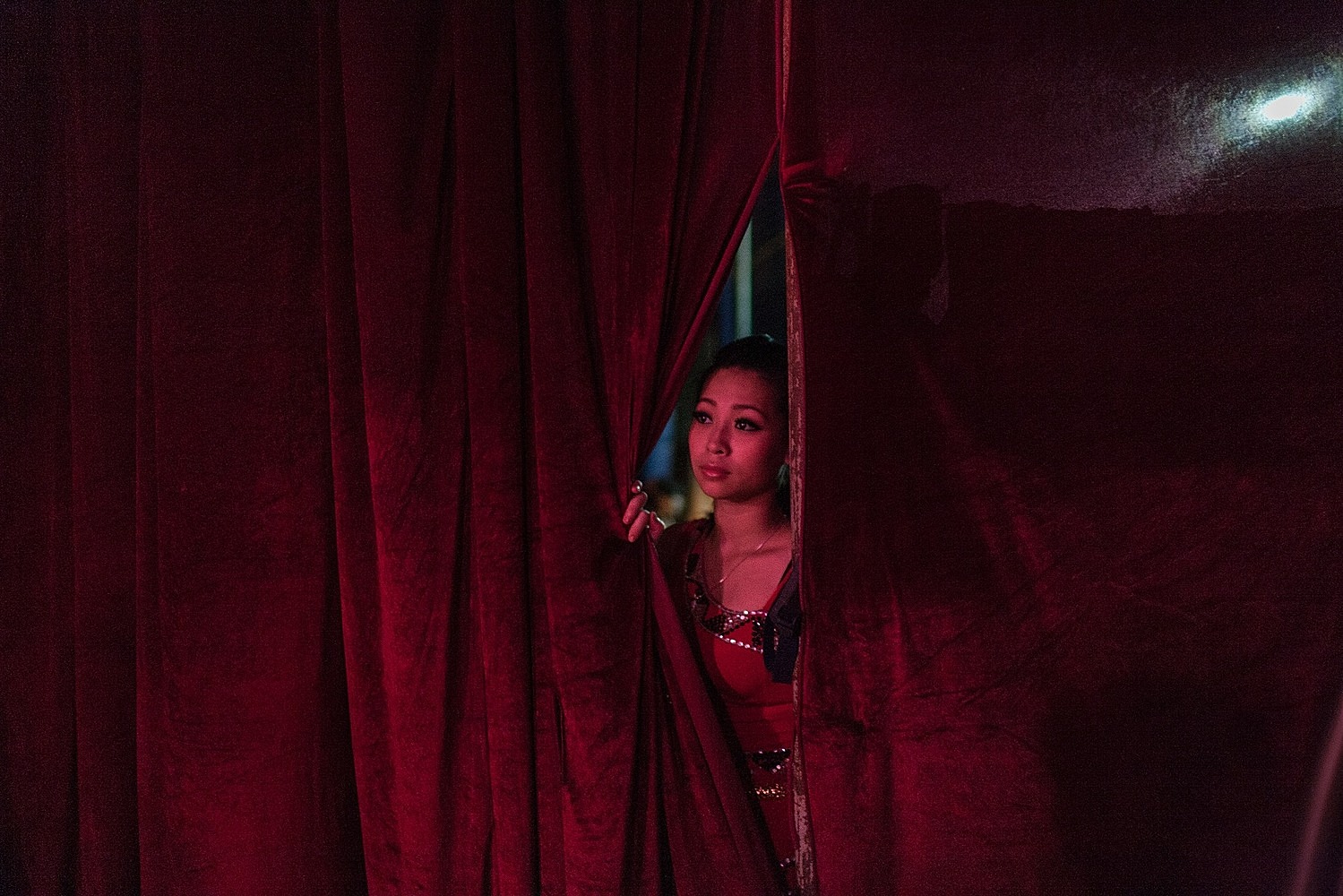 |
One of Christian's most profound memories is of traveling with the circus troupe throughout the countryside. Leaving behind their familiar city stage, they brought their magical performances to villages, where he sensed the purest excitement and joy.
"It was wonderful to see the whole community gather, welcoming the artists with open arms. They were honored as talented individuals, bringing joy and wonder," he recounted.
Behind this warm welcome were quiet moments backstage. A photo captures a female artist, surnamed Nguyen, waiting for her turn on stage in Ninh Binh.
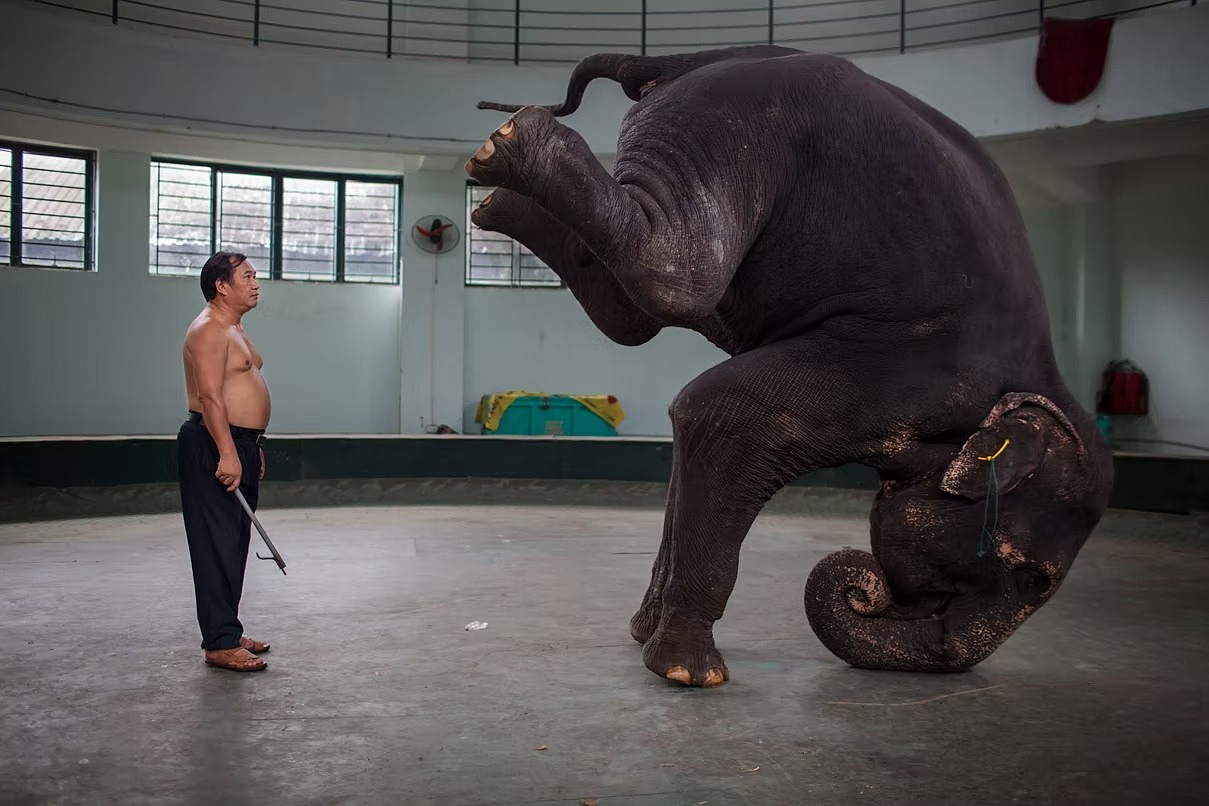 |
Christian shared that the "Circus" series was inspired by photographer Mary Ellen Mark, who had photographed the Vietnamese circus in the early 1990s. He noted that much had changed over time, but the artists' spirit endured.
"The magic that makes children believe, that wonder, transforms the artists into extraordinary beings, almost superheroes. That's the true beauty of the circus: a space where imagination takes flight, and viewers are immersed in illusion," he said.
The photographer emphasized that the series' success stemmed not from modern equipment but from the relationships he built with the circus artists. Befriending them and genuinely immersing himself in their daily lives with an open mind allowed Christian to create a satisfying body of work in both Hanoi and Ho Chi Minh City.
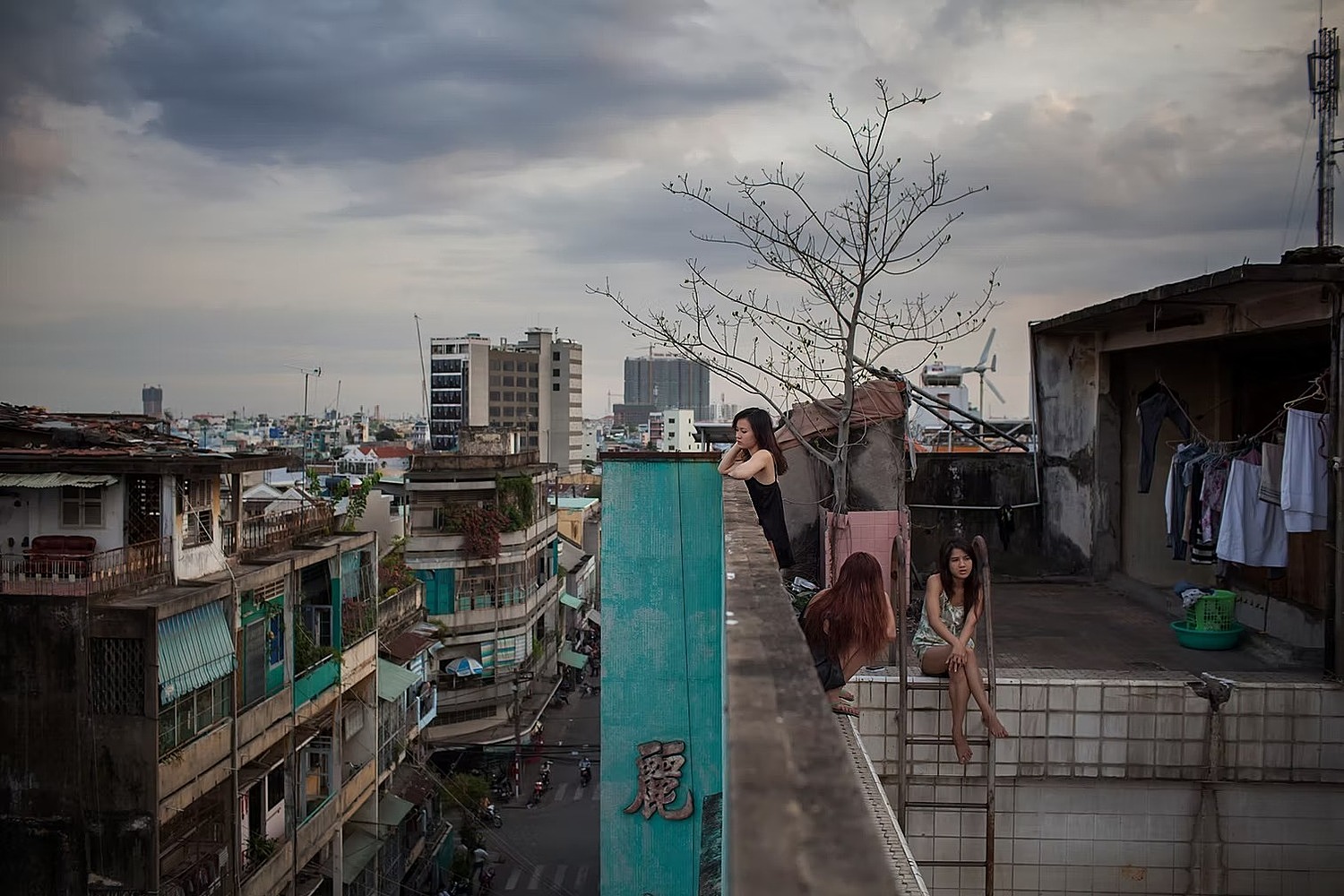 |
In Ho Chi Minh City, he was also warmly welcomed by the artists. The generosity of the artists in both cities made him feel like part of the circus, providing an authentic glimpse into the Vietnamese people.
"That's something today's tourists don't get to experience," he remarked.
While in Ho Chi Minh City, he lived with the circus troupe for 4 months in an abandoned theater. The artists had to build their own rooms using pieces of wood and plastic.
The picture shows the rooftop of the abandoned theater. Recently, Christian inquired with some old acquaintances about this place and learned that no circus artists live there anymore.
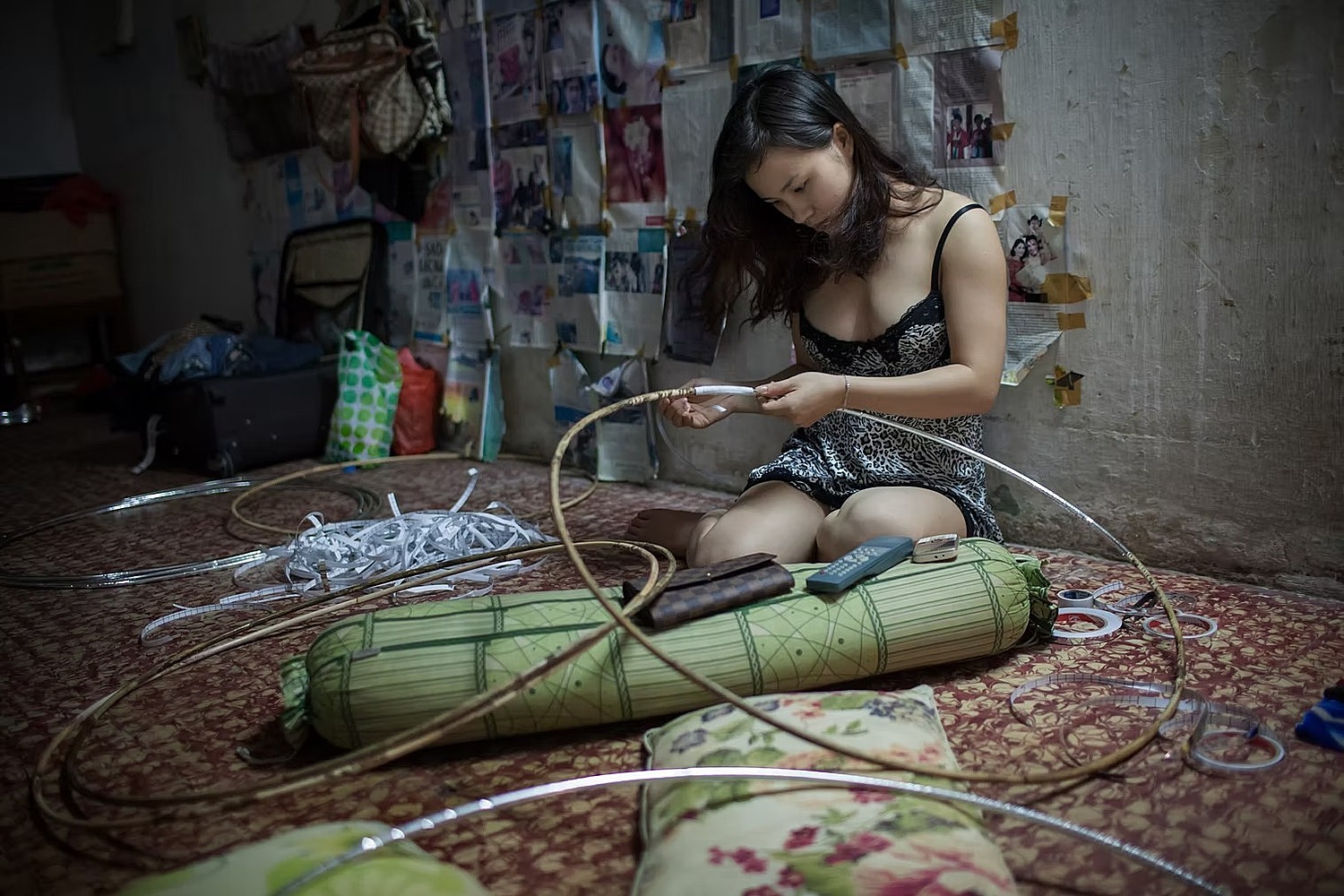 |
A female artist prepares props for a performance in the abandoned theater.
During this time, Christian's life followed a similar rhythm to his time in Hanoi. From morning till night, he accompanied the circus troupe, documenting their training, performances, and daily lives. The group of Vietnamese artists and the Uruguayan photographer became true friends, with them inviting him to their hometowns and even a wedding.
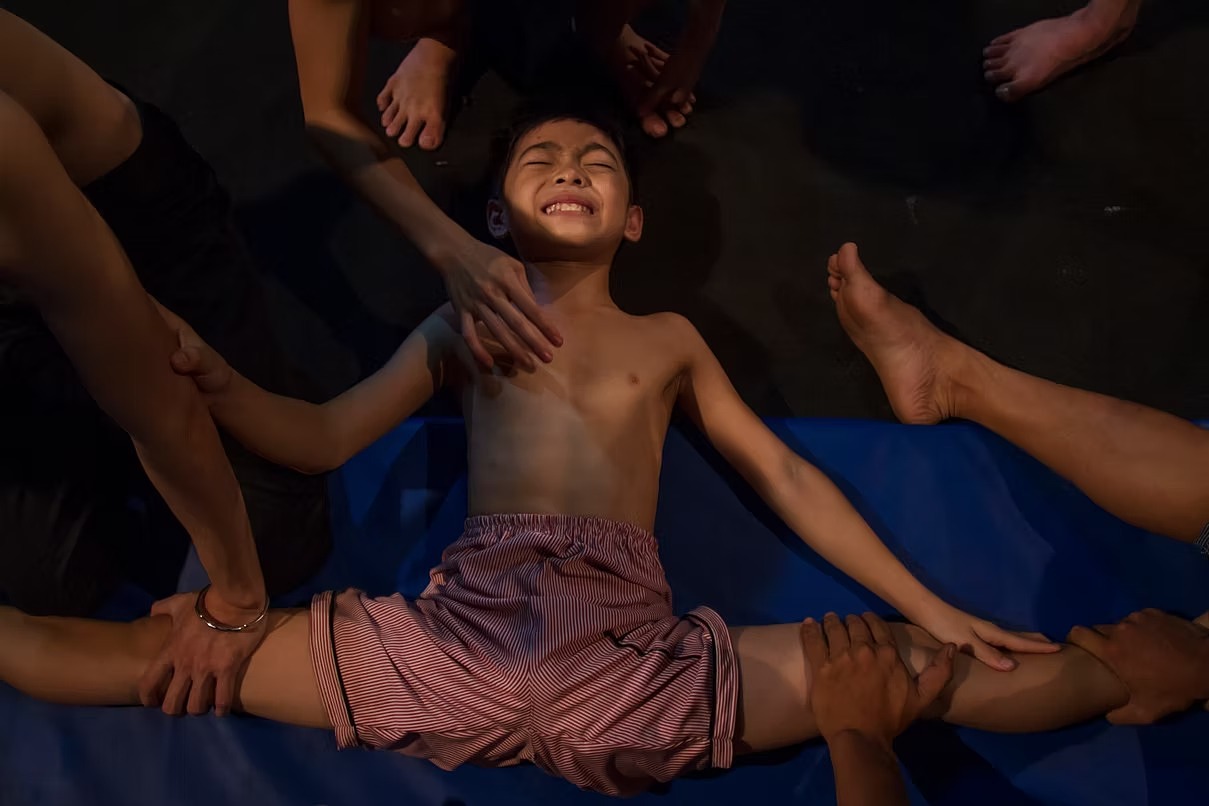 |
A child grimaces in pain from the demanding flexibility exercises required for circus performance.
According to him, circus demands tremendous effort from the artists in exchange for the success of a few-minute performance. He believes these artists are no different from professional athletes. They must take care of their bodies, train rigorously, and work as hard as an Olympic athlete.
"I wanted to showcase the strength, discipline, and dedication behind each performance because the audience only sees the final few minutes of a process that often takes months, even years, to perfect," Christian explained.
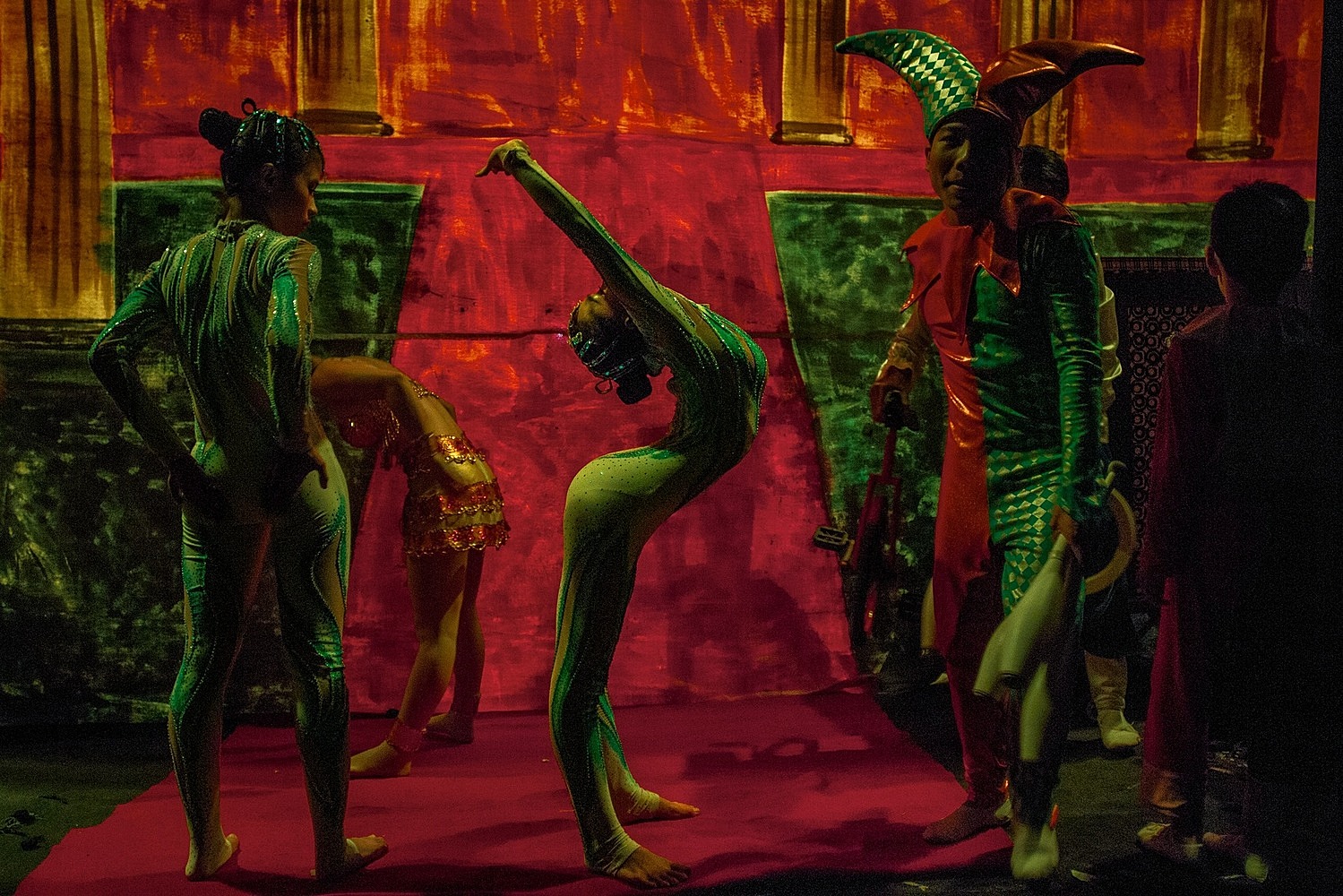 |
Today, the circus is no longer the dominant form of entertainment. Modern forms of entertainment have largely replaced the tradition of attending live performances. Digital platforms have changed how people consume art, and fewer people go to theaters or live music concerts.
"I'm still passionate about the circus, I love going to the theater, watching performances, and I'll continue to do so. It's a shame that people don't support this art form as much as they used to," he said.
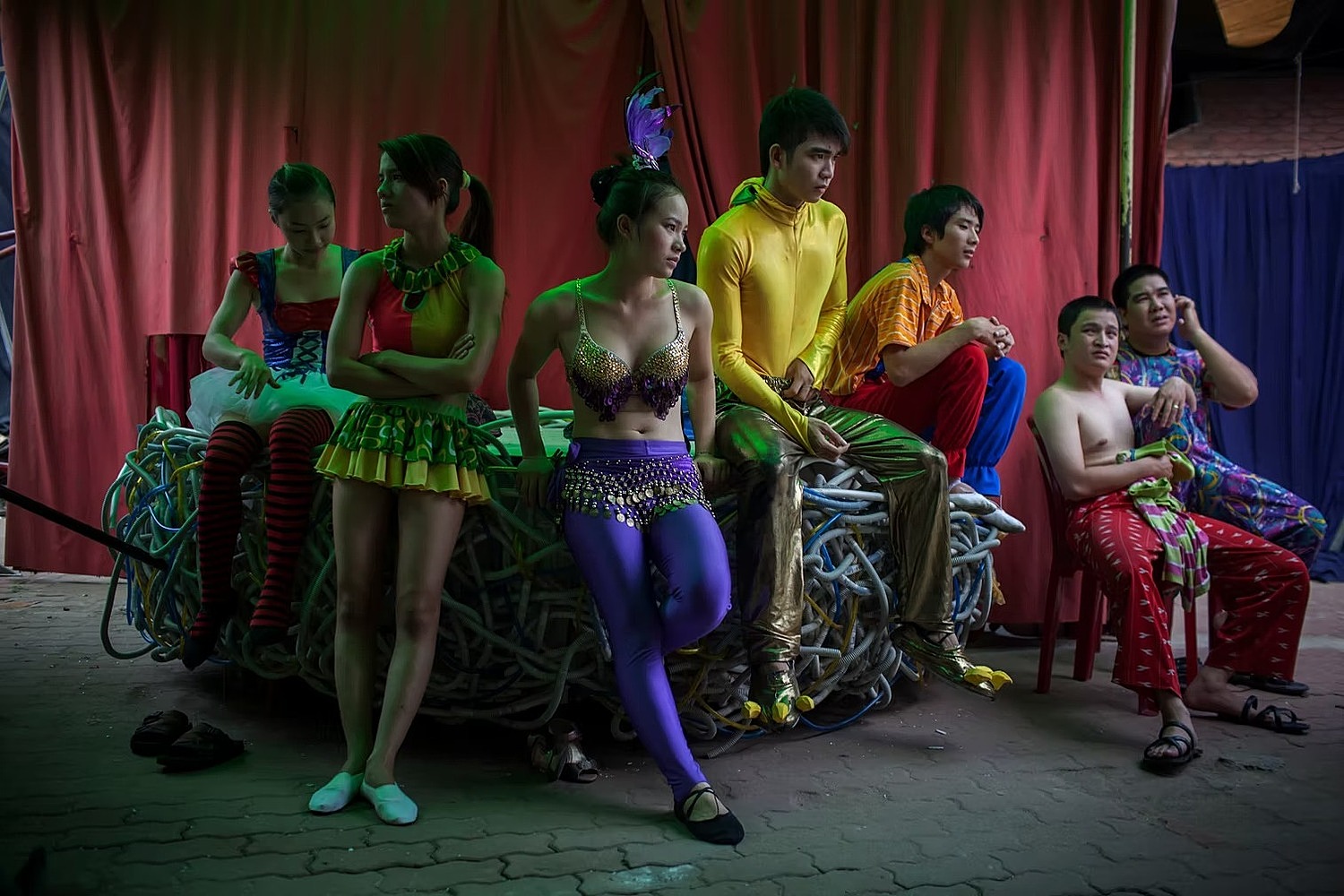 |
According to Christian, the "Circus" series and his time in Vietnam changed his life profoundly. After 16 years, the Uruguayan photographer wants to express his gratitude to the circus artists who guided and cared for him during the project.
"This series shows me that I've succeeded in capturing the essence of daily life with respect and care," he said.
Tu Nguyen
Photo: NVCC





